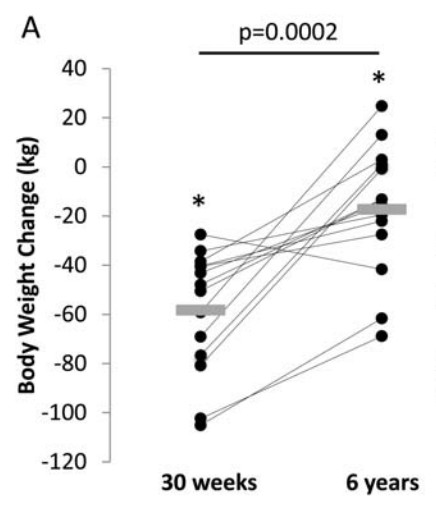WARNING: Algebraic-based theories will be expressed in this post!
I have often pondered about @richard’s theory that the body maintains a weight set point based on its ability to pull from fat from stores:
Let x be the number of Calories your body can reduce its BMR to when fasting
Your body will strive to keep storage of y pounds of fat such it can draw x Calories from that fat for z days of fasting.
This cab be summaries with an relationship equation:
x = ayz,
where a is a constant (less than 1) based on your chronic/fasting insulin level and determines how much of your fat storage is actually available to you. For simplicity, we can set z to 1 to get
x = ay.
The goal here is to minimize y, which is how much fat you keep stored on your body. To do this, @richard has focused on the supply-side of the equation. That is, he has discussed maximizing a by lowering insulin levels so that more fat is available for burning. However, there is also a demand aspect to the equation: Minimizing x also has the effect of minimizing y. That is, since x is directly related to your basal metabolic rate (BMR), you can minimize your fat storage (y) by reducing your Caloric demand. You should be able to lose weight by reducing your need–reducing your BMR!
I am curious what the @dudes, Dr. Fung, and @meganjramos think about that theory.

